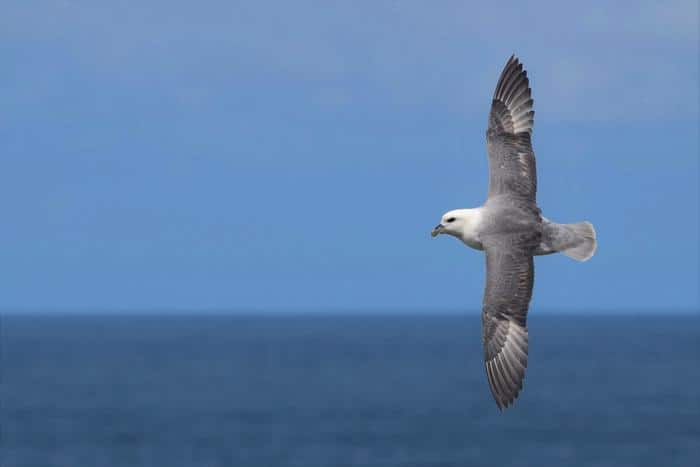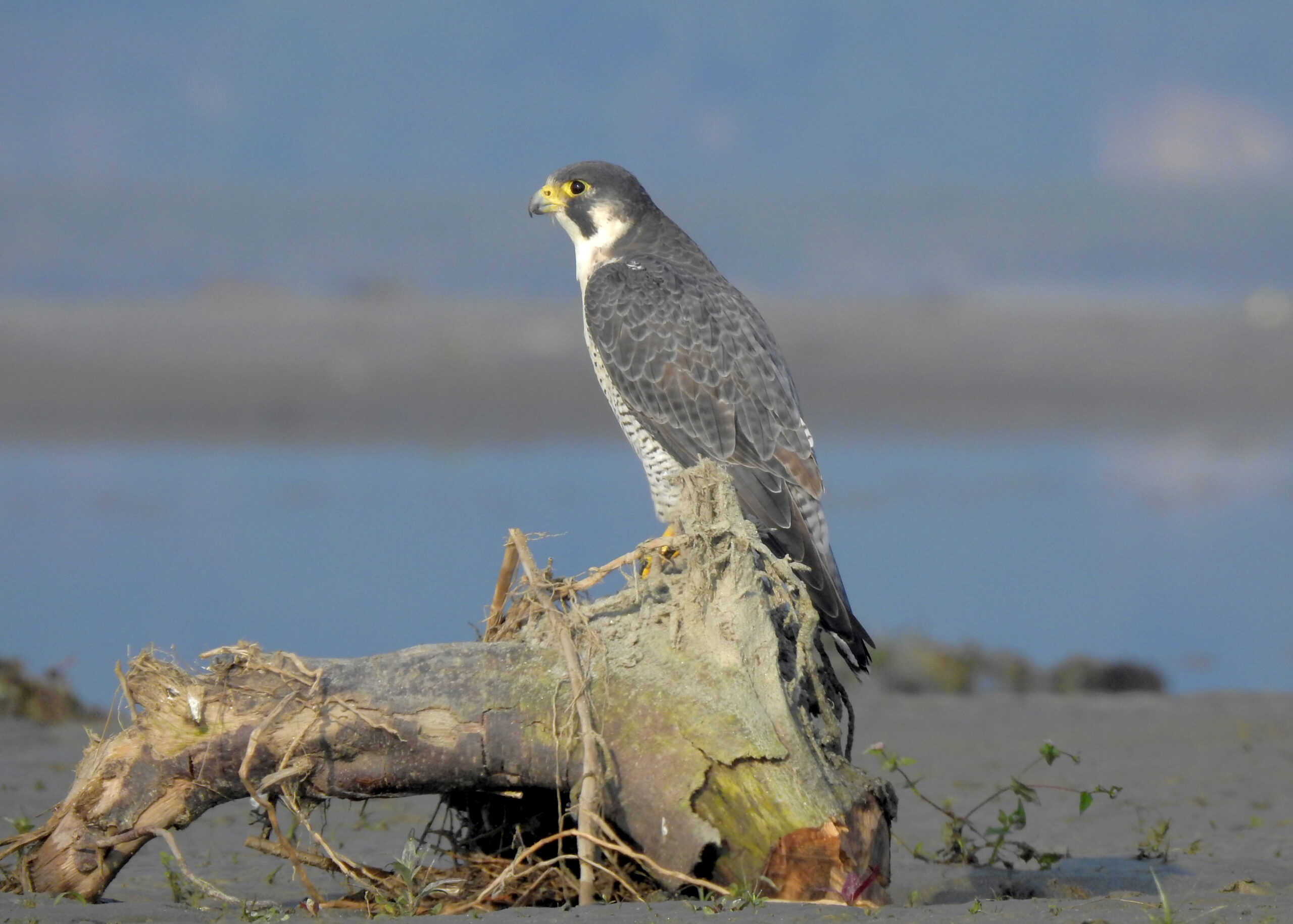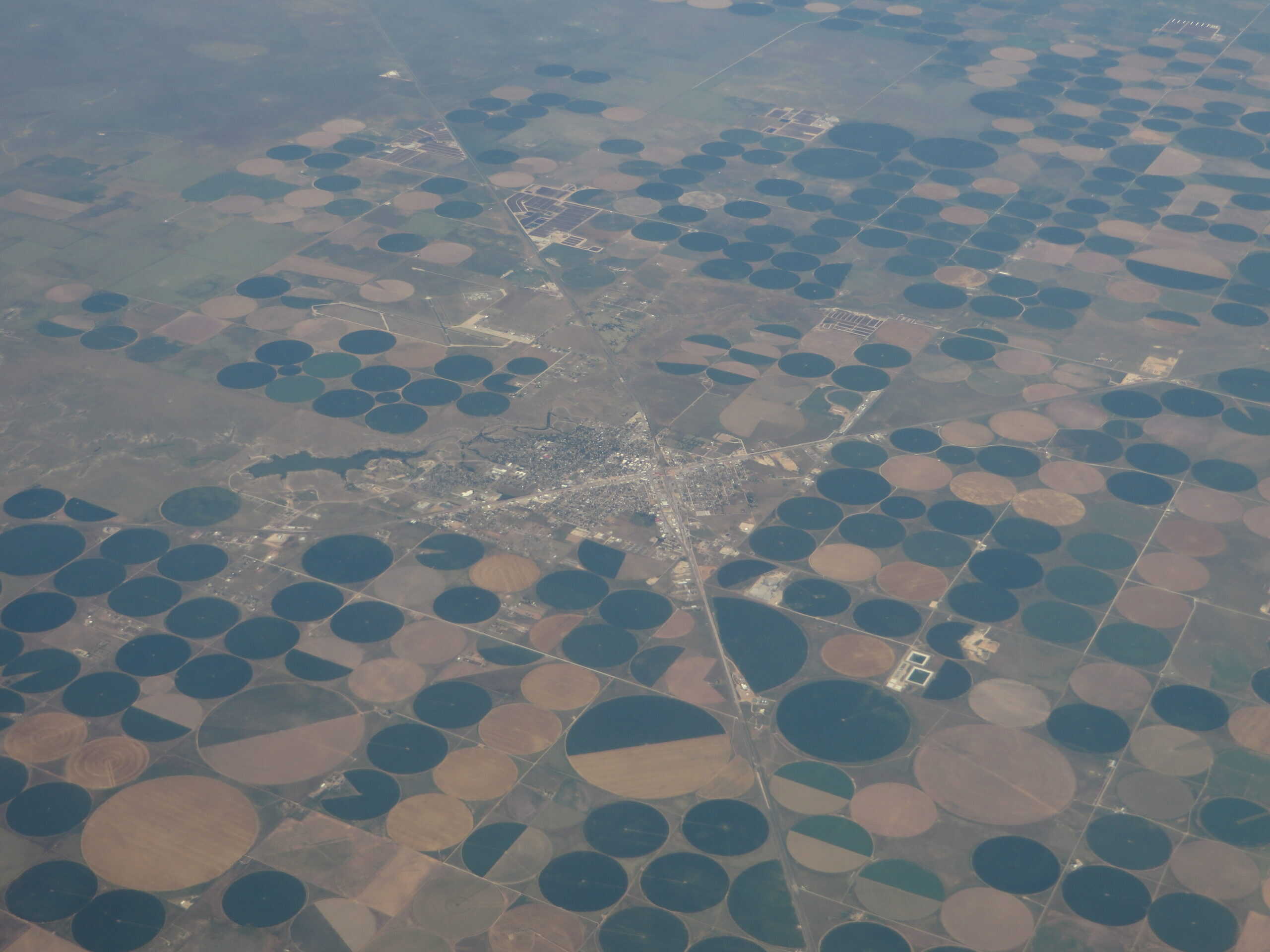Share this article
Wildlife Featured in this article
- Balearic shearwater
- Newell's shearwater
Watch: For seabirds, plastic poses a danger even far from shore
Swirling gyres pose deep-sea plastic risks
Plastic pollution is a growing threat to seabirds. But it’s not just along crowded coastlines where the birds come into contact with it. In a recent study published in Nature Communications, researchers found that a quarter of the seabirds’ exposure risk occurs in the high seas—particularly in gyres, where rotating ocean currents pull in vast accumulations of plastics.
Using tracking data for 7,137 birds from 77 species of petrel, researchers found that some of the birds at greatest risk were species that were already threatened, including the critically endangered Balearic shearwater (Puffinus mauretanicus), which breeds in the Mediterranean, and Newell’s shearwater (Puffinus newelli), endemic to Hawaii.
The Mediterranean and Black seas were particularly high-danger zones. The remote high seas and the waters surrounding the U.S., Japan and the U.K. were also high-risk areas.
“While the population-level effects of plastic exposure are not yet known for most species, many petrels and other marine species are already in a precarious situation,” said Andrea Manica, a University of Cambridge professor and a co-author of the study. “Continued exposure to potentially dangerous plastics adds to the pressures.”
Read more from BirdLife International, and watch the video below.
Header Image: Plastic pollution poses a risk to seabirds, including northern fulmars (Fulmarus glacialis), pictured here. Credit: Beth Clark








